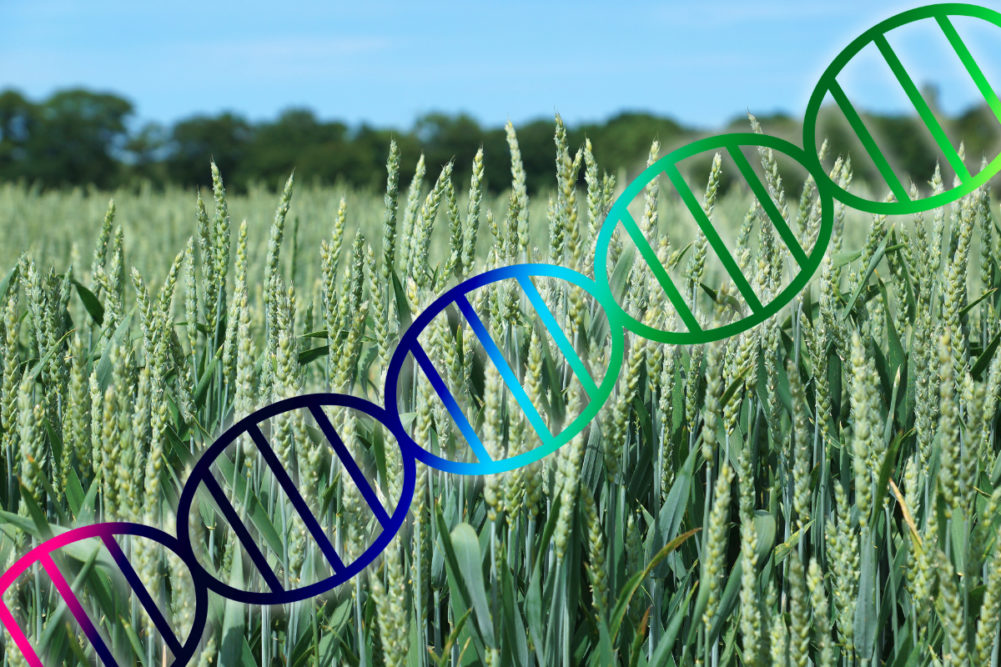UTRECHT, NETHERLANDS — Adoption of gene-edited crop seeds is expected to increase significantly in the next 5 to 10 years, according to a Rabobank report, with adoption rates expected to surpass 50% during that period.
“GE technology has the potential to solve issues across the food supply chain for all stakeholders,” said Chia-Kai-Kang, farm inputs analyst for Rababank. “It can increase crop productivity without expanding farmland area, reduce food waste, reduce harmful substances in food, and reduce pesticide use, among other things.”
The Rabobank report, authored by Kang and Stephen Nicholson, global strategist, Grains & Oilseeds, cautioned that several challenges must be overcome to maximize the potential of GE technology. They include “the complexity of the traits of interest, the often more unstable performance of complex traits, the potential long-term risks such as allergic and toxic reactions, which are difficult to detect in the short term, disruption to trade flows following export bans of GE crops, and access to technology.”
Unlike genetically modified seeds, which have been in the market for several decades, GE is a relatively new technology.
“In the 40-year debate around GMOs, there appears to be no middle ground,” Kang said. “The development of GE brings new technology (CRISPR) to the table, which involves only editing the exiting genes in the plant. This solves one of the major criticisms of GMOs. Development of GE provides an opportunity to hit the reset button and reevaluate public policy and how to implement new technologies in the food sector and to involve and educate all the stakeholders in the food chain.”
The United States has been the frontrunner in terms of GE applications, as it was with genetically modified organisms (GMO), the report noted. According to the US Department of Agriculture, 169 applications for GE products were submitted in the United States from 2011 to 2020. These applications covered plants that are for human consumption, feed, industrial uses, and some microorganisms for industry. Some of these applications are expected to be commercialized soon.
“GE traits can benefit the entire food supply chain, directly impacting farmers and farm input companies, but also the grain and oilseed industry and consumers,” Kang said.
Although the rice, corn and soybean genomes were fully sequenced during the first decade of the 21st century, the wheat genome mapping wasn’t completed until 2018. That’s because the wheat genome contains 16 billion DNA letters, more than five times the amount in the human genome.
The gene editing of wheat offers great promise as farmers face production struggles worldwide due to climate change and, because it’s a food grain, faces an uphill battle to get GM varieties approved. It has allowed scientists to start engineering wheat to feature increased disease and pest resistance, better grain and flour quality, and better nutritional value.
In February, scientists hailed the success of Europe’s first field trial of wheat that was gene edited to remove a cancer-causing chemical. Rothamsted Research used CRISPR/Cas9 gene-editing technology to create wheat plants with a 50% lower level of the amino acid asparagine in their grains.
“Expectations are high for GE crops, and significant growth is projected in the years ahead,” Kang said.






